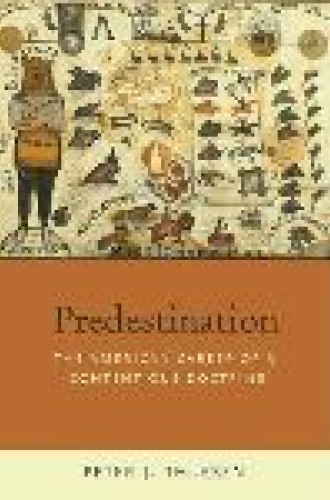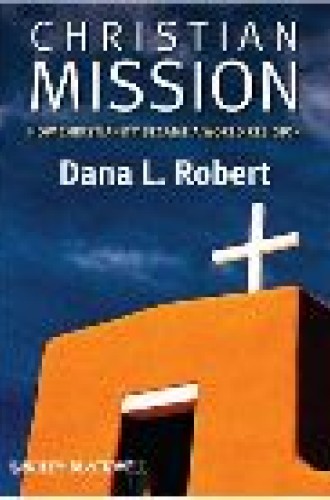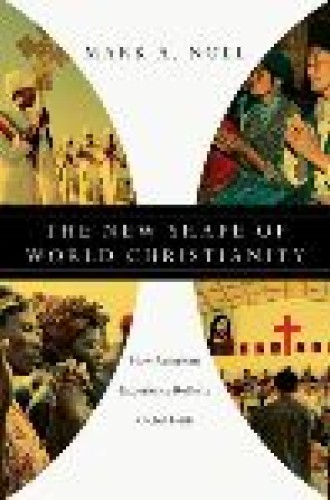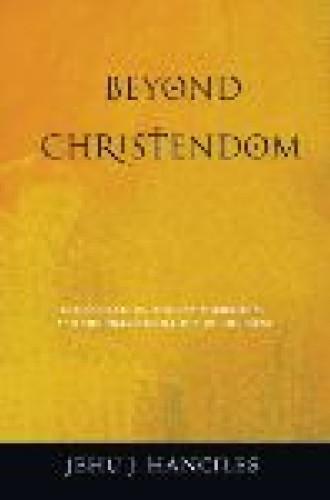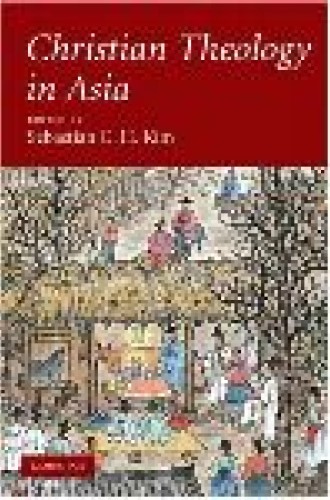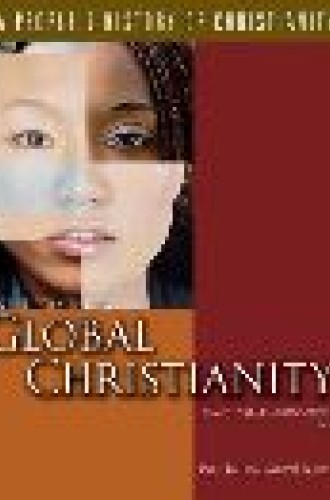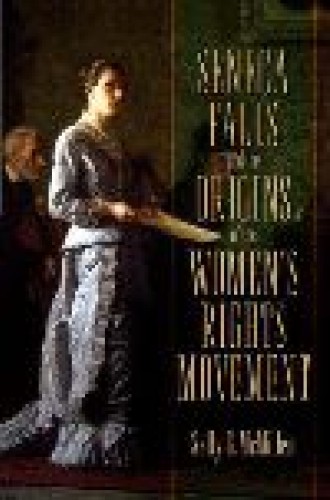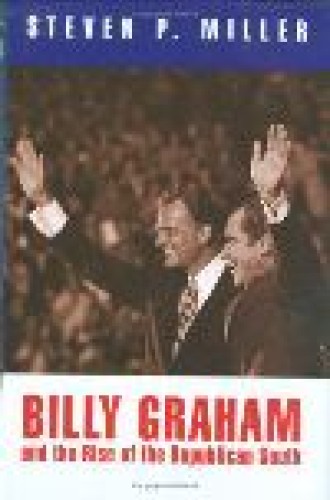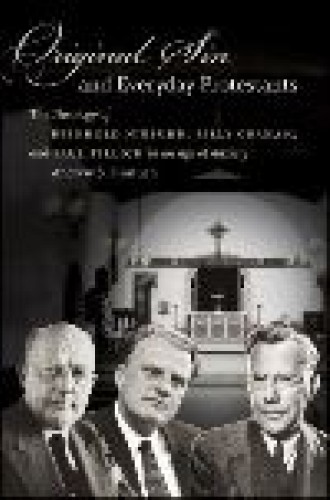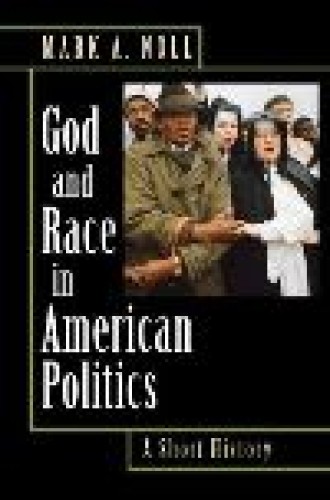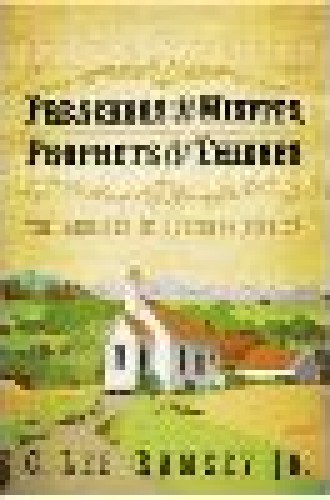Take and read
What happens when a superb scholar who studies both North American religious history and global Christianity decides to bring those fields together, to understand how each informs the other? The answer is The New Shape of World Christianity, which shows how the religious patterns that emerged in 19th-century America reshaped the rest of the planet. Particularly valuable are Noll’s case studies of Christian growth in Korea and East Africa.
Hanciles powerfully stresses the impact of migration as a force driving Christian mission throughout history. He is at his best when he writes about recent decades, when the “unintended consequences of empire” have drawn so many African believers into the heart of the Euro-American metropolitan world. He draws careful distinctions between different traditions within African churches and discusses how these traditions define their models of mission.
It’s hard to imagine a scholar who is confidently in command of so much material that she can turn out a concise and reliable overview of the whole of mission history, from the age of Acts to the era of globalization, in some 200 pages. Robert unerringly focuses on the most important issues. She is especially good on the persistence of gender issues in mission history.
Bednarowski brings us the final volume of Fortress’s innovative People’s History of Christianity. No single theme dominates this free-roaming collection of individual studies, although most of the authors show a strong commitment to studying the marginalized and socially excluded. The collection as a whole is an excellent introduction to the diversity of contemporary scholarship on lived Christianity.
As the Christian center of gravity moves steadily southward, it is fascinating to watch how thinkers reinterpret the faith in the light of non–Euro-American traditions. The encounters become complex in diverse Asian cultures that have their own highly sophisticated scholarly traditions, often dating back millennia. In this collection a dozen authors explore Christian conversations with Asian societies and religions, and in the process they repeatedly force us to ask questions about the core of the Christian message. Just how much of what we think of as essential to Christianity should rather be regarded as Western or European?
Not so long ago scarcely anyone could imagine that women would enjoy legal and political rights equal to those of men. In this gracefully written study, McMillen offers a deft synthesis of what might be called the first century of the struggle for women’s rights—a struggle pioneered in part by women of pronounced religious persuasions, especially Quaker and Unitarian, as well as the unorthodox but hardly areligious Elizabeth Cady Stanton. McMillen uses the 1848 Seneca Falls Convention as the pivot in a narrative that ranges from the colonial era to the 1920 ratification of the 19th Amendment. Because she discusses but does not focus on religion, she is able to show how readily faith contributed to the ebb and flow of daily life.
As the curtain falls on Billy Graham’s 60-year ministry, we can expect to see numerous works assessing his impact on post–World War II U.S. history. Each of these books focuses on an important theme and then carefully embeds it in wider currents in American life. Miller offers a measured yet overall positive assessment of Graham’s increasingly progressive position on race and other social issues. Finstuen traces a powerful mid-20th-century intellectual revival in which millions of Americans sought their bearings in the original-sin theology of three seemingly very different men. Both authors have conducted meticulous research and argue their cases cogently.
This book, which originated as a set of en dowed lectures at Prince ton University, received the 2009 Christianity Today Award of Merit in History/ Biography. Noll argues that race figured prominently in all but the third of the four main eras of U.S. history (antebellum, postbellum, Depression and post–World War II). In his brief “Theological Con clusion”—a case study for how to think seriously about issues that matter—Noll contends that the perennial interplay of religion and race has manifested both “superlative good and pervasive malevolence.” It is a sober reflection on a sobering story, brilliantly told.
“A cut from stained glass was the most dangerous wound, the hardest to heal.” This is one of many quotations from the vast corpus of depictions of the minister in Southern fiction that capture Ramsey’s eagle eye for the humor, hubris, pain and, above all, nobility of the clerical calling. Chapters focus on ministers—Catholic and Protestant—in various roles, including preacher, pastor, priest, evangelist, rascal, prophet, mystic, misfit and, of course, denominational bureaucrat. Ramsey offers a swift panoramic view of the literary landscape, framed with theological sensitivity and remarkable pastoral insight.
When is the last time that you read a book about predestination that was as witty as it was erudite? In his masterful history of this extraordinarily nettlesome doctrine, Thuesen shows that predestination is far more than just a doctrine. It is the perennial elephant in the room, persistently—even defiantly—turning up everywhere in the landscape of American religious thought. It separated a broadly Calvinist from a broadly sacramental spirituality. It worried Augustine in the fifth century, and it sparks a raging Internet debate in the 21st. And it has had powerful consequences in the lives of everyday believers, for it forces the question that almost everyone eventually asks: What happens when we die?
Philip Jenkins, who selected the books on world Christianity, teaches at Penn State. Grant A. Wacker, who selected the books on American religion, teaches at Duke University.


